Print immediately! The present and future of additive technologies
The first wave of mass use of 3D printers swept the world a little more than 10 years ago. At first, the technology was perceived as an exhibition, but already in 2016 it proved its worth. Equipment costing less than $1,000 has become affordable to ordinary buyers. A wide variety of items were sent for printing, the quality of which was almost equal to that of store-bought items.
In 2016, using volumetric technology, they created not just a part, but a full-fledged Olli self-driving bus. The vehicle reaches a speed of 20 km/h, Battery charge lasts for 58 km in city mode, the cabin can accommodate 12 passengers.
The revolution was carried out by engineers from a small company called Local Motors in collaboration with the giant IBM. Innovators have proven that it is possible to produce not only components and car bodies, but literally everything that we use in everyday life. Let's see how far 3D printing has come.
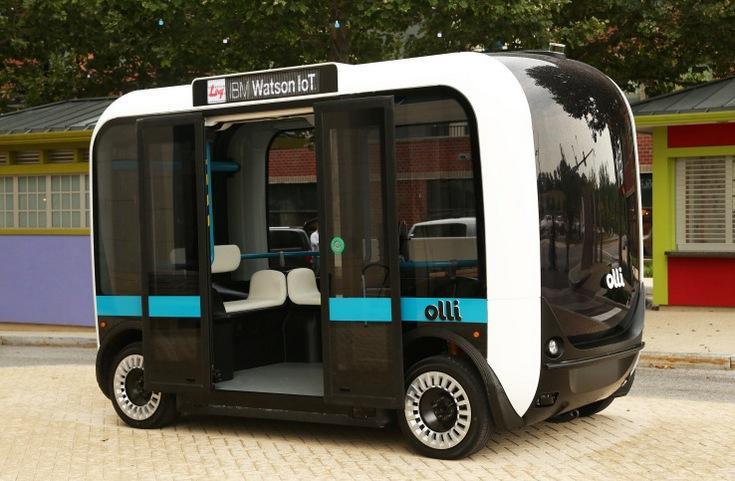
What do we call additive technologies?
Additive manufacturing is a method of creating three-dimensional objects; the first 3D devices worked only with thermoplastics. Today technology uses engineering plastics, metals, composite mixtures, sand, concrete and ceramics. Moreover, experiments with human tissue have begun. Bioprinting equipment is used to create dynamic cell scaffolds, thanks to which damaged body structures regenerate faster. It is not yet possible to grow a new organ or limb, but this is a matter of the near future.
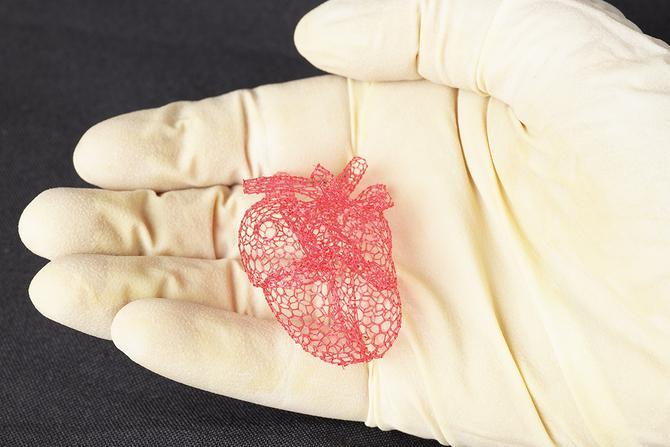
Technology has taken over all areas of our activity from mechanical engineering and aerospace to jewelry and medicine. The volumetric reproduction method combines seven separate processes — for each they use the general term “additive technologies”:
Extrusion: This method uses a viscous homogeneous melt, which is forced through a molding hole.
Base blasting: The part is recreated by selectively depositing droplets on the surface of the workpiece.
Binder Blasting: A bonding agent binds powdered materials together.
Sheet lamination: The shape is formed using thin sheets.
Powder bed melting: Powdered compounds are fused by heating.
Directional deposition: Thermal energy is focused and melts the material during its deposition process.
Photopolymerization: The liquid polymer is selectively exposed to light before it hardens.
All printers used in commercial 3D copying fall into one of these categories. The listed methods are just the beginning of exploring the possibilities of AT. Annually ASTM Subcommittee F42.91 revises the classification by adding new viable processes.

From micro-size to macro-objects
In August 2023, engineers from Sweden printed microscopic beer glass, the thickness of which was less than a human hair. The first experiment demonstrated the capabilities of the equipment.

The inventors showed that the method can be used to create unique microrobots and super-small lenses for medical devices.
Another example from the microcosm – a ruler Fabrica 3D printers. The installations use the projection method microstereolithographygiving resolution down to several microns.
The technology is not new, but it has been significantly improved. It is with laser stereolithography The development of 3D printing began. In the first experiments, parts were “cast” from molten resins, hardening under the influence of a UV laser. Over time, the process was improved by reducing the layer thickness, increasing the speed of photopolymerization and bringing the accuracy of product production to micro-sizes. Today, the production of elements from polymers and composites gives resolution 2 µm, the tolerance is ± 10 µm. For clarity, let's say that 1 micron is 1000 times less than 1 mm, that is, the reproduction accuracy is impressive.
Using the equipment, parts with mirror-finished surfaces, high-quality internal cavities and sharp edges are obtained. The method has been tested in practice. Today, volumetric printing technology in ultra-small sizes is used not only for the production of prototypes, but also for serial production of elements for microelectronics and medicine.
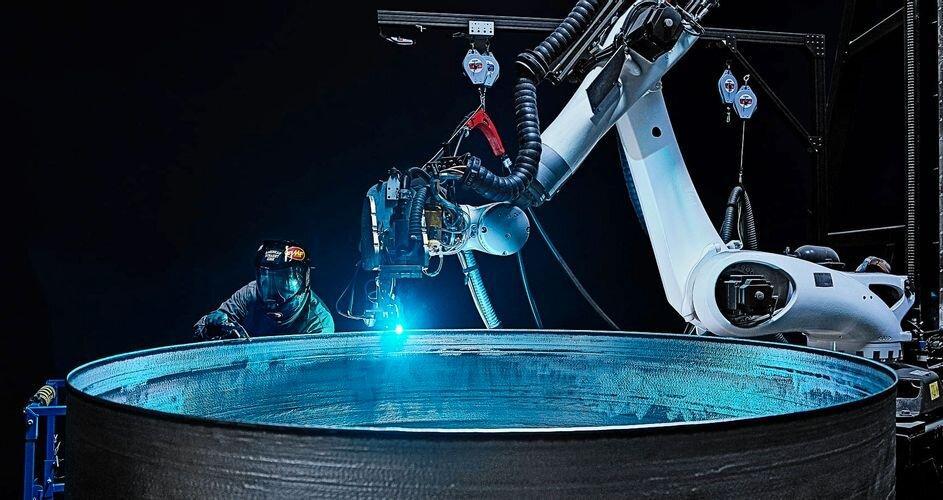
For example, using Fabrica printers they print high-precision electronic devices, create holders for microlenses and robots for delivering drugs through the bloodstream.
The production of micro-sized elements is only one of the areas of AT. Researchers are successfully constructing entire buildings. e
Concrete printing technology (3DCP) was developed at the University of Michigan. The development was announced by a group of researchers on March 20, 2023, and it became a truly breakthrough statement. The new method makes it possible to reduce the weight of walls by 72% without losing strength. 0 For now, the architectural appearance of the buildings is limited to simple forms due to the imperfection of the equipment. There is another problem – increased consumption of construction mixture, which increases the cost of projects.
Temporary difficulties were resolved with the help of Shell Wall technology. Unlike the 3DCP method, where the extruder nozzle moves along straight horizontal guides, the new method forms elements along curved vertical structures. A curved trajectory reduces concrete consumption, distributes material more efficiently, and reduces the weight of walls without loss of strength. They plan to begin testing the capabilities of the technology on real construction sites in the near future.
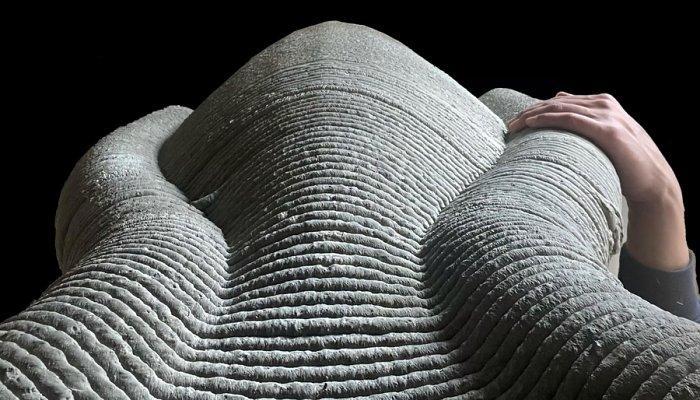
In Russia there are also examples of the creation of giant parts. For example, Norilsk Nickel developers printed in March 2023 spare part for pumping unit weighing 500 kg.

It usually takes about a year to replace such a unit. It takes so much time to design and refine a prototype model. Thanks to AT, it was possible to eliminate the most time-consuming and complex stages from the production chain—the creation of drawings and testing of the sample.
At Norilsk Nickel they scanned and converted the failed element into 3D, after which they created a mold and cast the part. In December 2022, an armored disk weighing 313 kg was produced in a similar way. The total production time was reduced by 50%, which means that profit losses were reduced and downtime was reduced. The solution will continue to be used as an alternative in import substitution of technologically advanced and expensive components.
How can artificial intelligence help improve 3D printing?
The volumetric reproduction method is considered one of the most promising in production, but it is still lacks stability. Technology is expected to be more economical and environmentally friendly, that is, the final product should not only satisfy the needs of society, but also have a beneficial effect on the environment, which is important for us and future generations.
With the involvement of artificial intelligence, it is possible to more accurately adapt the production process conditions to the design of a future part, and improvements become possible both at the design stage and at the reproduction stage.

Bunch AI+AT are actively being implemented in the fastest growing industries – the automotive and aerospace industries.
IN Automotive sector uses AI to improve designs with lighter, stronger components. The companies BMW, Volkswagen, Land Rover, and Jaguar are engaged in reducing the weight of cars. Audi optimizes logistics by printing and shipping customized parts around the world. A targeted response to requests reduces production, transportation and warehousing costs.
At General Motors, the AI + AT combination works towards personalizing projects and increasing productivity. For example, the company's engineers created a bracket for the seat, which, in comparison with the serial analogue, turned out to be 20% stronger and 40% lighter. Autodesk has similar successes: its 3D aircraft partition element is 45% lighter with the same strength.
With the help of AI, engineers have expanded the range of materials, adding to traditional metals and alloys engineering plastics, composites, ceramics. New products for forming housings and engines have exceptional heat resistance, strength, reliability and durability. In addition, the use of generative intelligence coupled with additive technologies reduces waste and energy consumption. As a result, production costs are reduced, and this moves exhibition processes into a sustainable development stage.
The future of additive technologies in engine manufacturing
Using the 3D printing method, you can achieve material consumption rate up to 98%, lighten the weight of parts by 40–50%, increase productivity by 30 times, reduce the duration of the “drawing-product” cycle. The latest change gives simply incredible numbers. Process times can be compressed up to 8 times or more. e.
In order for things to move even faster, the international alliance GAPRA (Global Alliance of Rapid Prototyping Associations) has been created, coordinating the actions of countries in the production of 3D components. The main events are unfolding in the engine manufacturing arena. Here the question comes down to the heat resistance of materials – modern designs have long reached the limit of their capabilities, preventing us from flying faster and higher.
The fact is that to increase engine productivity, you need to increase operating temperatures. All traditional methods for this have long been exhausted, that is, the heat resistance of structural materials is already at its limit. According to engineers, additional resources can be obtained by developing engine cooling systems. Such developments are possible using additive technologies.
3D printing allows you to eliminate welds and reduce wall thickness to 0.1 mm. This parameter, while maintaining accuracy, cannot be achieved either by casting or machining. As a result, AT simplifies production stages, reduces cycle time, and provides efficiency gains.
New materials and technologies are already are being introduced into production. Engineers from the Russian VIAM have established serial production of powdered compounds for domestic engine manufacturing enterprises. Together with the institutes of the Russian Academy of Sciences and JSC UEC-Aviadvigatel, a swirl element for the combustion chamber was manufactured from the innovative metal powder composition EP648-VI. The technology made it possible not only to increase the accuracy of the process by 2.5 times, but also to reduce the cycle time by 10 times. For orders from Russian enterprises, 500+ parts were produced from new powder mixtures with improved properties.
Elon Musk proposes using 3D printing to conquer Mars
The head of SpaceX turned out to be a big fan of additive manufacturing methods. In an interview with Auto Express Musk explained:
3D printing is a powerful technology that can create designs that would be very difficult to achieve in other ways. For companies like SpaceX and Tesla looking to push the boundaries of what's possible in their industries, this is critical.
Elon Musk uses AT in the production of parts for rocket engines, noting that the method reduces the process time from 6 months to 3 weeks, that is, by 8 times. According to the entrepreneur and chief engineer of SapceX, high speed is not an end in itself, but an important condition for space travel, where every second matters. A
In addition to the accelerated production of components to create self-sustaining Martian colony Gigantic carriers with enormous carrying capacity will be needed. We are talking about moving 1 million tons of cargo! They will be transported by 100 starships, which should launch super-heavy rockets into space. For the newest Super Heavy they plan to use 33 Raptor 2 engines, and 6 will be installed on the lighter Starships.
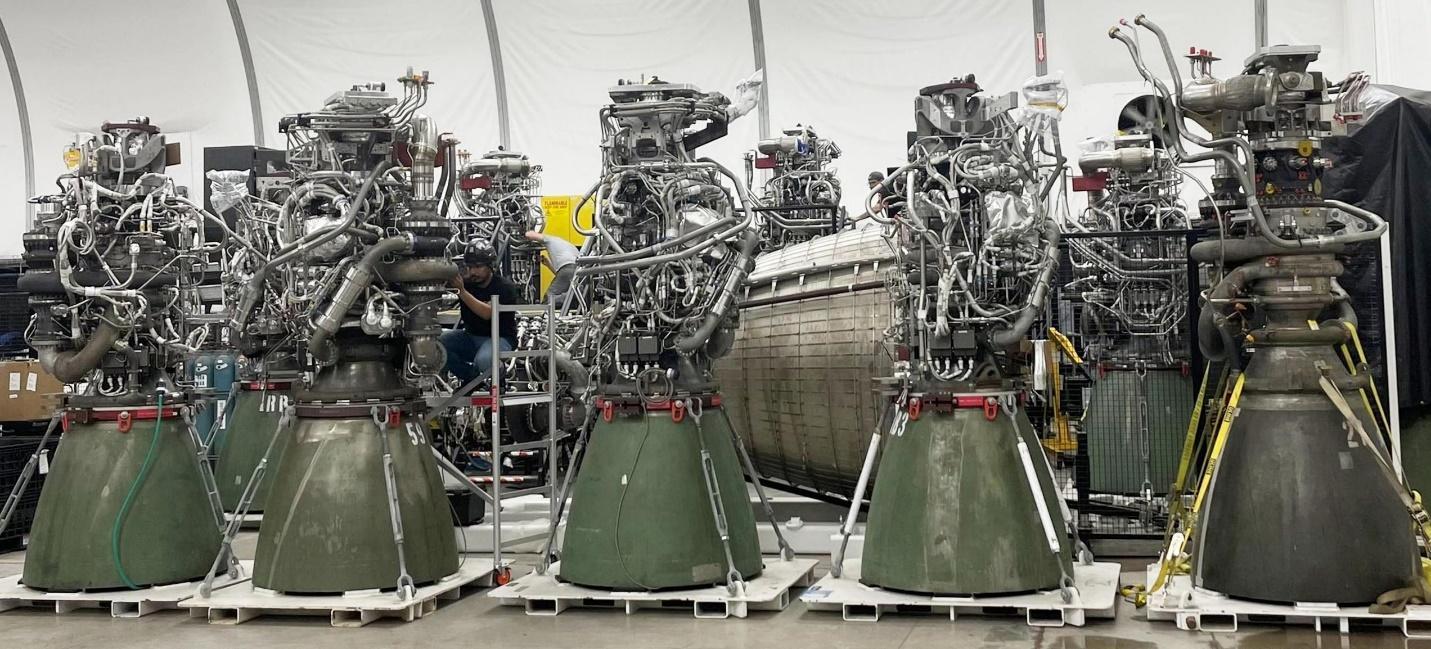
Thanks to additive printing, all this can be created in the shortest possible time by production standards. In addition, Elon Musk is confident that it will be possible to reduce the weight of the components, that is, increase the payload. Metals, polymers, composites, some ceramics and, possibly, cement will be used for printing. The latter will be used in volumetric 3D construction already on the surface of the red planet. According to Musk, all production of the Mars mission will be carried out using additive technologies.
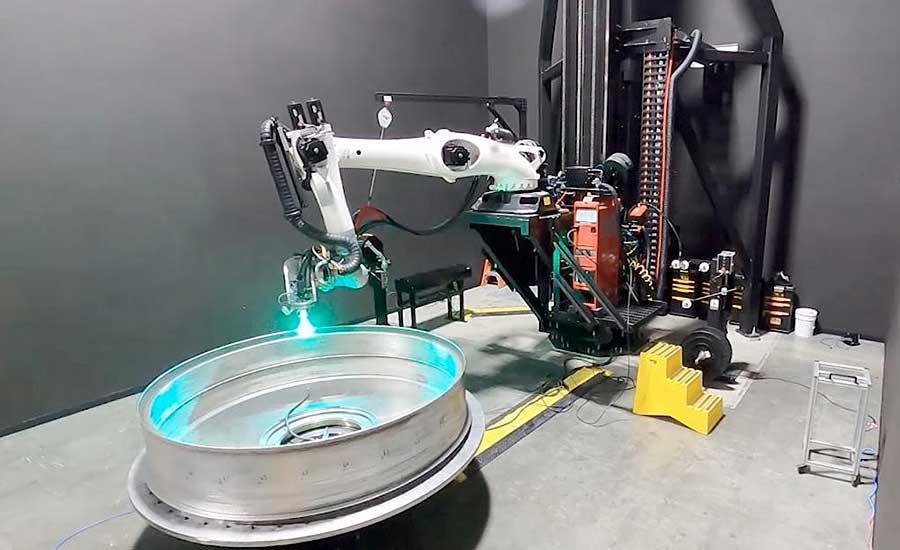
Development of the method 3D printing is associated with the fourth industrial revolution. AT has already opened up opportunities for affordable production of piece goods tailored to a specific consumer. This means that thread processes will most likely become a thing of the past.
While the printing market looks fragmented, laws are already being written for it and conditions are being created that unite companies and startups into a single mechanism. Time will tell when the merger will take place, but the first time frame is already in place. Elon Musk is going to send the first million people to Mars in 2029. Without large-scale implementation of AT, this will be impossible.




